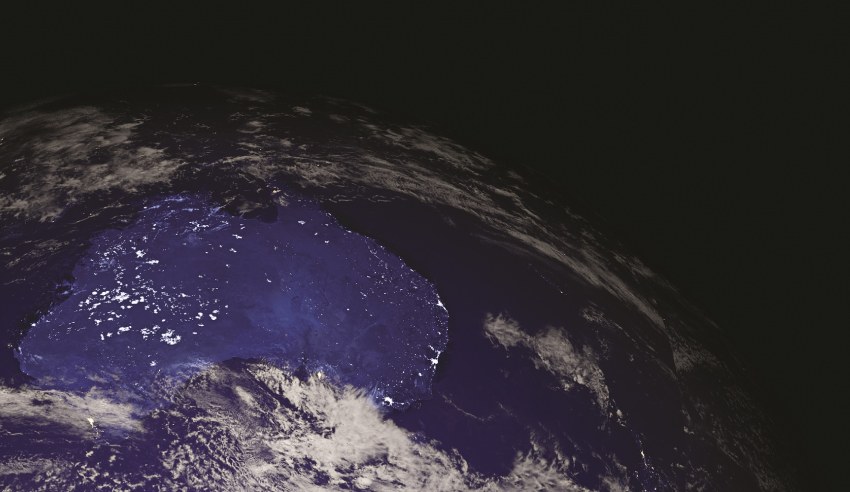
The commitment will see Boeing invest in R&D, innovation, STEM education and government initiatives "aligned with the Australian Space Agency's priorities".
Australia has signalled that it aims to triple the income of the domestic space industry from $3.9 billion to $12 billion by 2030, as well as doubling employment from about 10,000 to 20,000.
“Expanding our relationship with the Australian Space Agency is a significant step for Boeing and a reaffirmation of our longtime teaming with Australia in space,” said Jim Chilton, Boeing senior vice president, space and launch.
“It means a lot that we’ve signed this agreement during a year when the world celebrates the 50th anniversary of the Apollo 11 mission to the moon, when both Boeing and Australia played important roles in that historic achievement. We see great opportunity ahead for all of us as Australia continues to grow its space industry and national capabilities.”
Dr Megan Clark, AC, head of the Australian Space Agency, said the signing of the statement was an example of how collaboration and engagement across countries is an important aspect of the growing space economy, both in Australia and internationally.
“This statement of strategic intent highlights Boeing’s existing collaboration with CSIRO, universities and industry in broad areas such as space debris monitoring, advanced manufacturing and fuel production in space, on-orbit imaging, VR and remote space craft operation,” Dr Clark said.
“This partnership opens the doors for Australian innovators to participate in the global supply chain of the space sector.”
Boeing has several STEM initiatives in Australian universities, such as supporting Space Squad, the Australian Youth Aerospace Association, the Australian Space Design Competition, and FIRST (For Inspiration and Recognition of Science and Technology).
The company also noted its long history of space-related projects in Australia, including:
- Launch of four new space R&D projects with Boeing’s research partner of 30 years, the Commonwealth Science and Industrial Research Organisation (CSIRO);
- Use of Boeing-built Wideband Global SATCOM (WGS) and IS-22 satellites by the Australian Defence Force;
- Boeing Defence Australia is the prime contractor for the ADF's Project LAND 2072 Phase 2B Currawong Battlespace Communications System, which will include Australian-developed satellite communications terminals for accessing the WGS satellite network;
- Boeing Australia’s development of a virtual reality training system for the CST-100 Starliner, which will take passengers or a mix of crew and cargo on missions to low-Earth orbit;
- Boeing HorizonX Ventures’ investment in Adelaide-based Myriota, an internet of things (IoT) start-up seeking to revolutionise satellite communications by providing low-cost access to high-value data in remote locations; and
- A Boeing partnership with the University of Queensland, DST Group and the US Air Force Research Laboratory on the successful Hypersonic International Flight Research Experimentation (HIFiRE) program.
Receive the latest developments and updates on Australia’s space industry direct to your inbox. Subscribe today to Space Connect here.









